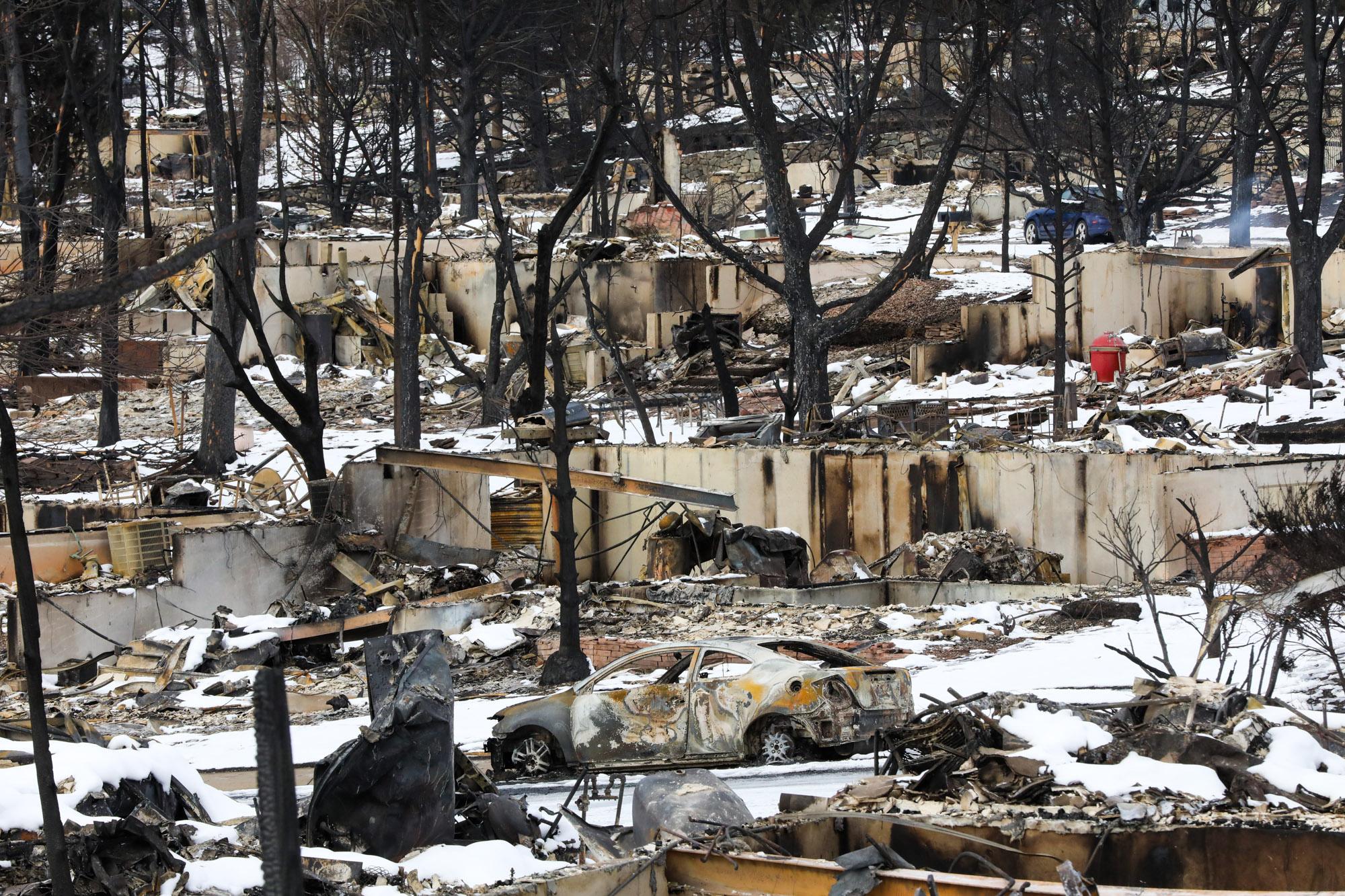
The University of Colorado’s Natural Hazards Center has released a draft report on the state’s emergency alert practices and how to strengthen alerts during future disasters.
The draft report comes nearly two years after the Marshall fire, the most destructive wildfire in state history. Earlier this year, state lawmakers passed a bill that directed the Natural Hazards Center to assess emergency alert practices and procedures. A particular emphasis was placed on studying how emergency alerts can be strengthened for non-English speakers and people with disabilities.
The Natural Hazards Center found several flaws with Colorado’s current practices that it highlighted in the report.
“We learned a lot about how emergency alerts work across the state and nationally,” Natural Hazards Center Research Associate Carson MacPherson-Krutsky said in a statement. “One of the biggest takeaways was how time-consuming and resource-intensive alerting is for both those who issue alerts and those who receive them.”
Researchers conducted a document review, and a statewide survey of emergency response personnel and met with stakeholders to write the report. Seven counties did not respond to the surveys conducted, including the City and County of Denver, Las Animas, and Lincoln. The draft identified five key findings based on the research conducted.
One finding highlighted low opt-in rates, finding most agencies that manage emergency alert systems have an opt-in rate below 40 percent. None of the reporting agencies reported an opt-in rate of over 55 percent.
“These systems create barriers for everyone, but especially those who don’t speak English or who have disabilities. Tracking alert subscribers and measuring the efficacy of alerts is a challenge,” the report said.
In the aftermath of the Marshall fire, residents in Boulder County raised concerns about the area’s emergency alert system, with many saying they never received an evacuation notice.
Researchers found that emergency response personnel want to improve systems and practices, but face varying hurdles to do so. Agencies told researchers that factors such as personnel shortages, financial constraints, and a lack of knowledge of resources available prevent them from improving their systems.
The limitations of Colorado’s current alert systems are a hindrance to all people, the report said. However, it notes that those with disabilities or language barriers are especially impacted. Over 250,000 Coloradans have limited English proficiency, according to the Migration Policy Institute. And nearly one in four adults in Colorado live with some type of disability, according to the Centers for Disease Control and Prevention.
A small percentage of agencies reported they have multilingual alerting capabilities, but some of those respondents indicated those tools and methods were challenging or inadequate.
“Many mentioned using Google Translate, but this process was time-consuming and often produced poor translations, such as place names being translated literally, causing confusion, such as what happened when emergency managers tried to translate ‘Eagle County,’ which literally translated into ‘bird County’,” the report said.
In the report, the authors provided several recommendations to the state of Colorado for improving emergency alerts. Notable recommendations include hiring state-level personnel to address the needs of underserved populations, standardizing alert practices across the state, and securing funding to support efforts to improve practices.
The Natural Hazards Center is asking for public comment on the draft report through Dec. 20. The center will also discuss the report and collect feedback during two virtual meetings on Dec. 14. Following the public comment phase, the report will be presented to the Colorado legislature.









